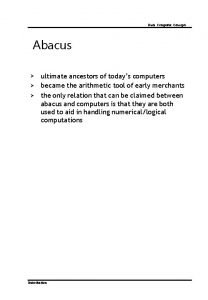FOLLOWING IN THE FOOTSTEPS OF OUR ANCESTORS THE









- Slides: 9

FOLLOWING IN THE FOOTSTEPS OF OUR ANCESTORS - THE STORYTELLERS

Nămăeşti Monastery is located 5 km northeast of Câmpulung. The church is carved into the rock at an altitude of 765 meters, a place discovered, as it is said, by the Holy Apostle Andrew in his way of Christianization in Scythia, Thrace and the two Dacian countries: the Roman occupied and the free territory.

The word Nămăeşti itself would come from the words of Apostle Andrew, who said looking into the cave that houses now the church: "Nemo est" ("Nobody is here") and from that moment on, the name of this place would remain Nămăeşti.

Tradition associated the early days of the monastery with the discovery in this cave of the miracle-working icon of Our Lady, which is said to have been painted by the Apostle and Evangelist Luke himself. The monastery is part of an area of ancient historical artifacts and is dated from the first half of the sixteenth century.

It is documented since 1547, when King Mircea Ciobanu gives a rich man, named Dumitru, the right of property ("ocină") in the village Nămăeşti, but provided that, unless he had descendants, the property remained to the "rock church".

The church is dedicated to "Entering of Our Lady in the Church" and "Healing Spring". Entering the intimate place of prayer, we are attracted to the miraculous icon of Virgin with Child, cast in a silver frame. Beautiful houses, the nuns’ hermitages, are placed side by side on the slope to the monastery. A cross dating 1601 is raised near the old tower.

The monastery has a museum collection, which includes charters from the years 1542 and 1572, medieval religious and popular art collection and a collection of old Romanian books.


MULTILATERAL COMENIUS PROJECT 2013 -2015 This project has been funded with support from the European Commission. This publication reflects the views only of the author, and the Commission cannot be held responsible for any use which may be made of the information contained therein.

















